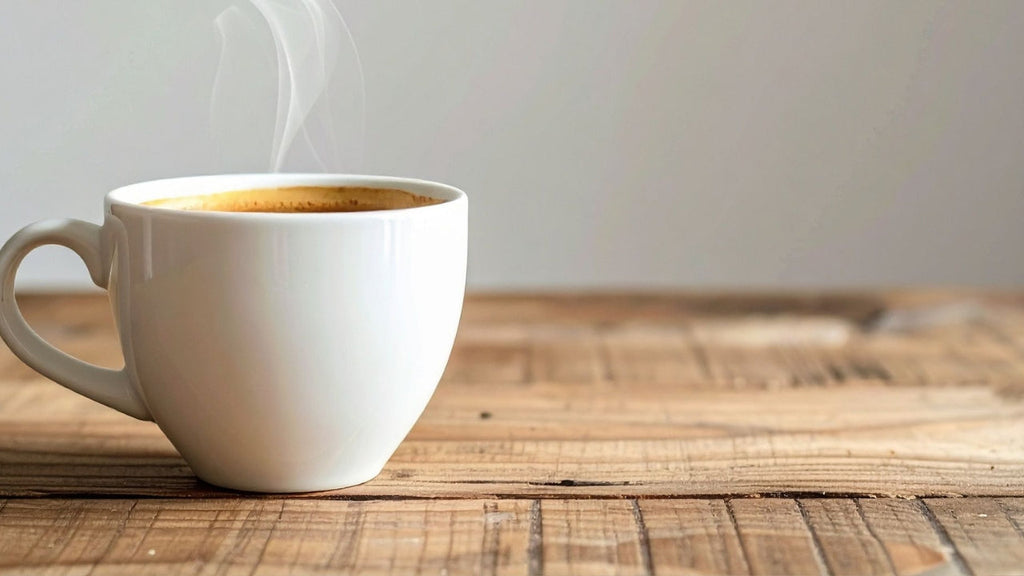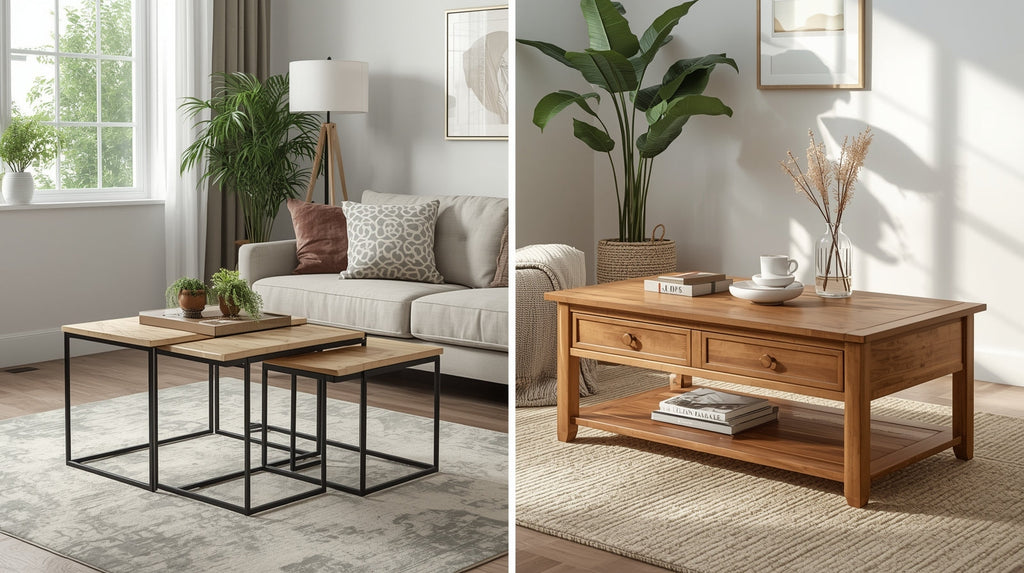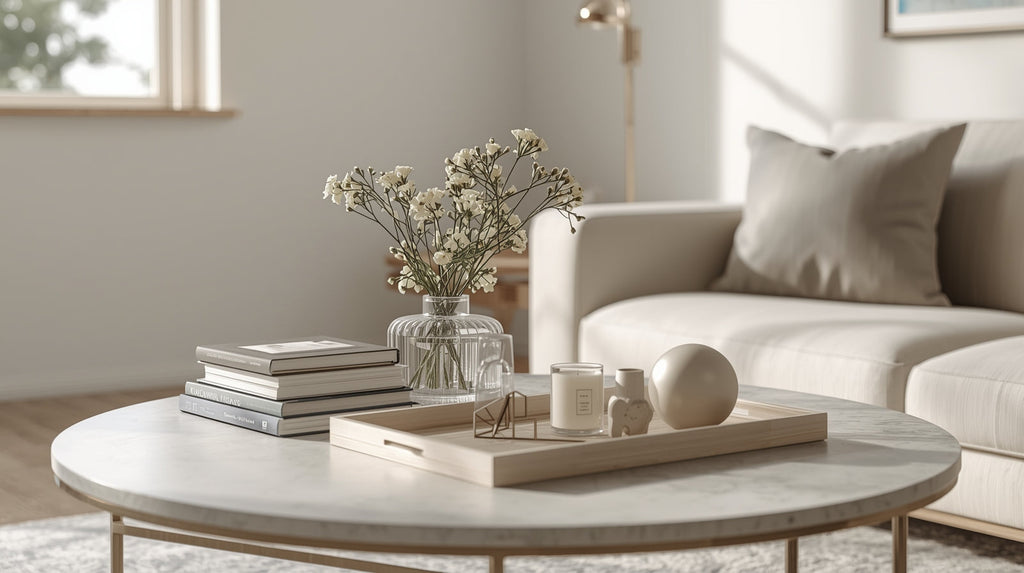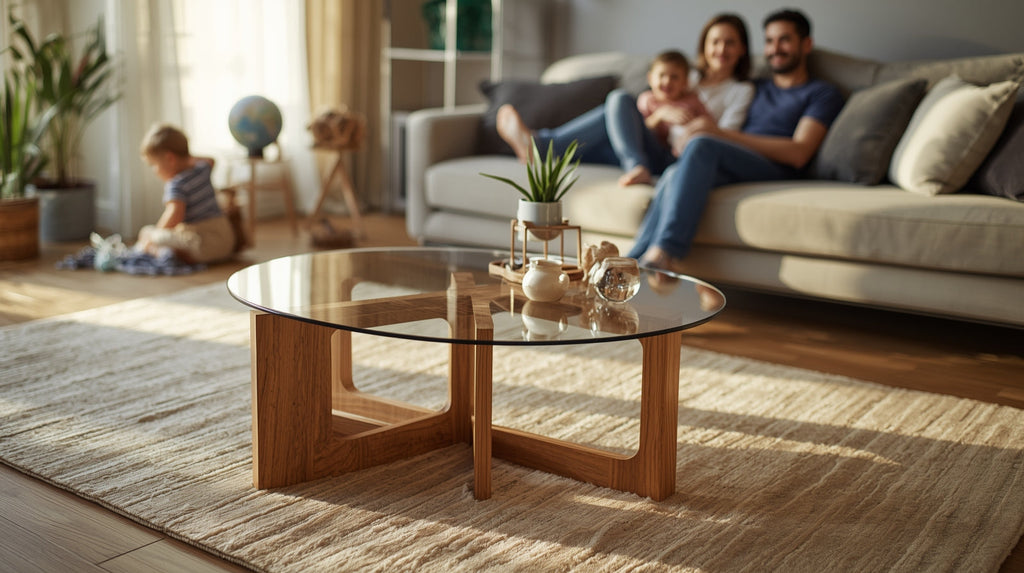
The Evolution of Coffee Tables: From Function to Fashion

Coffee tables are no longer just a place to set down your cup of tea they’ve become style statements, conversation starters, and the centerpiece of modern living rooms. Over the decades, the humble coffee table has transformed from a purely functional piece into a symbol of aesthetic expression and interior identity.
Let’s take a look at how coffee tables evolved from simple utility furniture to the design icons they are today.
1. The Origins: A Table for Tea, Not Coffee
The earliest versions of coffee tables appeared in Victorian England during the late 1800s. Ironically, they weren’t meant for coffee at all they were tea tables, designed slightly taller and often placed beside sofas.
As coffee gained popularity in Europe and America, the design adapted the tables became lower, encouraging relaxation and conversation in drawing rooms. Thus, the modern coffee table was born.
2. The Mid-Century Revolution: Form Meets Function
The 1950s–60s marked a turning point. Designers like Isamu Noguchi and Charles & Ray Eames revolutionized furniture design by blending sculptural beauty with everyday usability.
Coffee tables adopted organic shapes, smooth curves, and mixed materials such as glass, wood, and metal a trend that continues even today. This era cemented the coffee table as both a practical and decorative centerpiece.
3. The 1980s: Statement Furniture Takes Over
By the 1980s, homes became larger, and so did coffee tables. Designers started experimenting with bold colors, glossy finishes, and geometric designs. The coffee table evolved into a statement piece, reflecting personal taste and social status.
Matching sets where the sofa, table, and decor followed a coordinated theme became the symbol of modern luxury living.
4. The 2000s: Minimalism and Multi-Functionality
As homes shifted toward open-concept living spaces, furniture became more minimal and multi-purpose. Coffee tables were designed with hidden storage, nesting capabilities, and lightweight materials to maximize functionality without clutter.
This era gave rise to the nesting coffee table sets compact, versatile, and perfect for urban apartments.
5. Today: The Era of Expression and Sustainability
In 2025, coffee tables have become expressions of individuality. Homeowners are choosing unique designs round nesting coffee tables, glass tops with gold frames, or reclaimed wood surfaces that complement their personality and home style.
Sustainability is also redefining furniture design. Many brands, including Amalfi Mart, now focus on eco-friendly materials and long-lasting craftsmanship, ensuring that beauty doesn’t come at the planet’s expense.
6. The Future: Smart and Sustainable
The next chapter in coffee table evolution will likely combine technology and sustainability think wireless charging surfaces, modular storage, and eco-smart materials.
What began as a modest side table has now become a symbol of design innovation where form, function, and fashion meet perfectly in your living room.
Conclusion
From Victorian tea tables to modern minimalist designs, the coffee table has undergone a fascinating transformation. It continues to evolve with our lifestyles, reflecting the changing tastes and priorities of every generation.
At Amalfi Mart, we celebrate this evolution through our curated collection of modern, nesting, and round coffee tables designed to bring elegance, comfort, and timeless style to your living room.

































